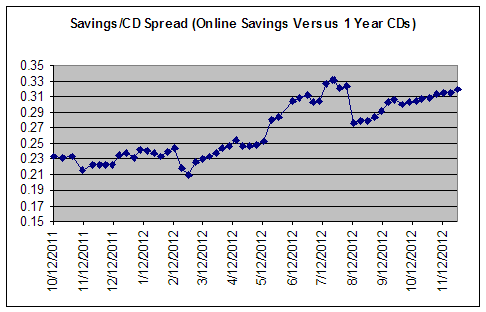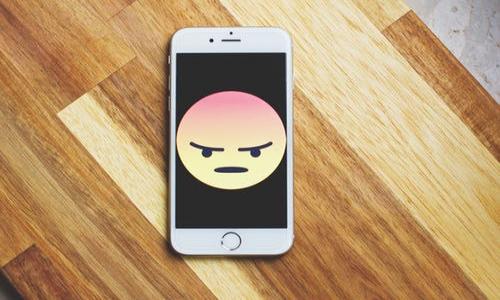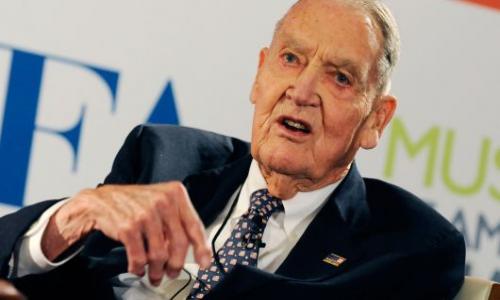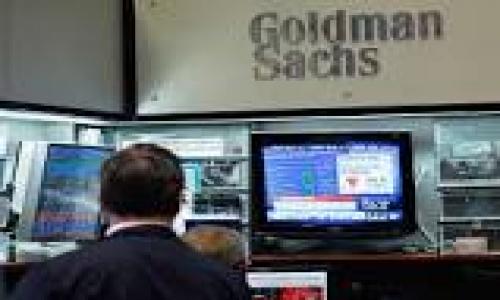August 17, 2009 Update
I wrote the following back in June, before the lazy days of summer:
"Individual bank rates may fall a bit from here but for the most part rates seem to have bottomed, as shown by the chart below. Even savings accounts, the most liquid and sensitive to the Fed Funds Rate (currently at 0%) has flatlined and is no longer on its steep downward slope. Indeed, we've even seen a few banks increase their rates."
Ah, if only that were true. Savings and CD rates continued to drop over the summer even as the stock market went on one of its longest winning streaks in history, shooting above 9,000 and getting giddy analysts to call for it to rise above the 10,000 mark before long.
As the chart below shows, there was nothing to be optimistic about from a savings or cd rate perspective. The average savings account rate according to the BestCashCow rate table is paying 1.8% APY. And those are the top rates in the country! If you walk into Bank of America or Chase, they'll ask you to pay them - practically. Last year at this time, the average savings rate was 3.6% APY. Nothing to write home about but still a lot better than today. The story is much the same with CDs.
The average 12-month CD rate is only slightly better than the savings account rate at 2% APY and banks will pay you 3.22% APY to lock your money in for 5 years.
As the chart below shows, the spread between savings rates and 36-month CD has remained fairly steady over the summer - both have gone down!
So what's a saver to do? With the economy looking like it's on the mend and the Fed and government still pumping trillions, it's hard to justify locking money into a long-term CD. The time to do that was 18 months ago when rates were 5% APY+. For now, I think it's best to stay short-term and wait. An improving economy will force the Fed to eventually raise rates, and that will cause yields to start rising.

The spread between the average BestCashCow savings rates and 36-month CD rates remains steady as the economy stabilizes and investors, banks, and consumers wait to get the next read on where the economy is going.













Comments
DSark
August 29, 2009
I agree with you completely. Savings rates are very weak, but it is a very poor idea to lock into CD rates at the moment. Rates can move back up even more dramatically than they fell. Long term rates may spread out dramatically.
Is this review helpful? Yes:0 / No: 0
Shorebreak
August 31, 2009
Rates will remain on the down side for the next 12 - 24 months as the Fed sees no reason to raise rates. Unemployment will remain high, wages stagnate, and housing still in the tank.
Is this review helpful? Yes:0 / No: 0
Add your Comment
use your Google account
or use your BestCashCow account